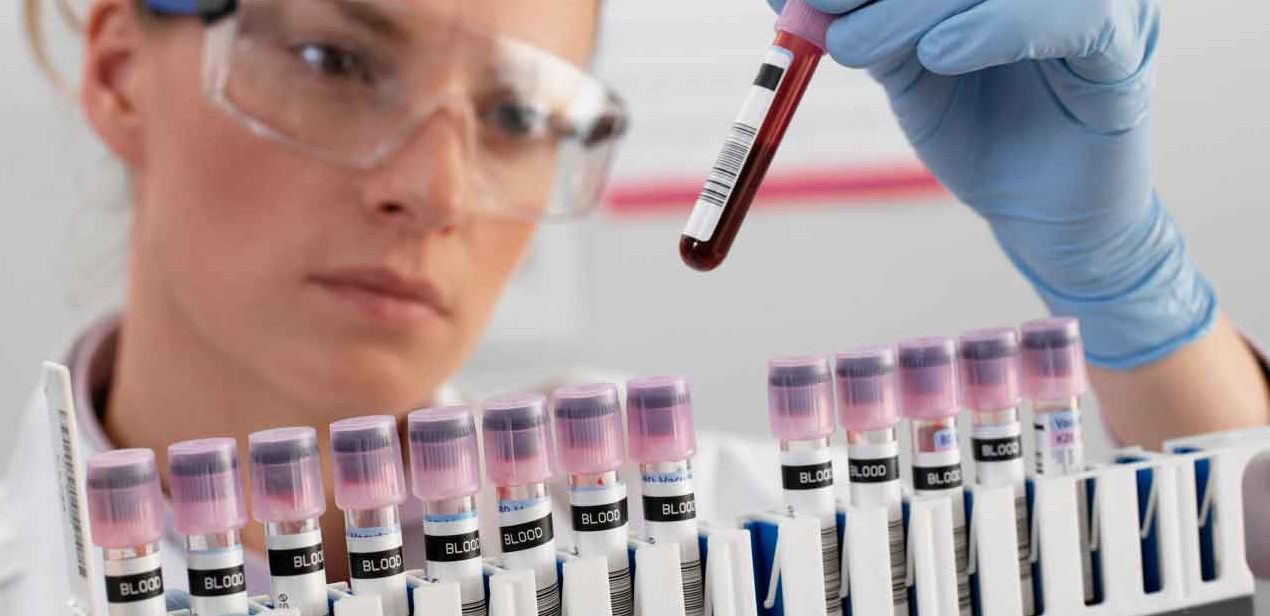Lab Tests Can Steer You Wrong

The FDA gives 20 examples of tests that hurt patients.
Tests designed by labs are increasingly important and complex, as doctors use them to diagnose or assess risk for serious illness, including cancers and heart disease. So you might be surprised to hear that only the labs themselves back their claims. In a November, 2015 report, the Food and Drug Administration (FDA) says it needs to step in, giving 20 scary examples of tests gone wrong.
Some tests, like the “Dot Blot” for Lyme disease, gave patients false-positives, and led to unneeded treatments. Others, including a test for ovarian cancer risk used to prescribe a chemotherapy drug, produced false negatives. Still others provided irrelevant information, wasting time and money, or information intended to lead patients to treatments the FDA deems unproven or bogus.
Some labs are good citizens, conducting substantial research to support the concept behind their products, and testing them before marketing them to the public. But not all. Regulation has left a hole: although the Centers for Medicare and Medicaid (CMS) already oversee labs, the agency works under a law that focuses on items like cleanliness, not test claims. As the authors of the FDA report write, the CMS review does not judge “the accuracy with which the test identifies, measures, or predicts the presence or absence of a clinical condition or predisposition in a patient.“
In that vacuum, it can take years for an unreliable test to be exposed.
YOU MIGHT ALSO LIKE: The Risks of Genetic Tests
Lyme. Although the FDA has cleared 80 diagnostic tests for Lyme disease, doctors and patients fell for the marketing for the “Dot Blot” urine test, which claimed a 97 percent “true positive rate” — despite a devastating independent evaluation in 2001. When the researchers ran the test five times for the same 10 healthy subjects, 50 times in all, they found that at least half of the results were incorrect or misleading. Yet sales continued for another decade.
A blood test for Lyme marketed between 2003 and 2005 led two couples with false-positive results to undergo months of unneeded treatments. When they sued, a judge awarded them a total of $30 million in damages. In April, 2014, the Centers for Disease Control and Prevention, issued a warning about yet another lab test for Lyme disease.
Ovarian cancer. There is no reliable screening test for ovarian cancer, which means that most women learn they are danger after the cancer has spread. So researchers began a push to find a test that caught signs earlier. Women have had their ovaries removed based on two tests, “OvaSure,” and “PreOvar KRAS-Variant,” even though, in the case of OvaSure, only 1 in 15 women who tested positive actually had the disease. When researchers from the Ovarian Cancer Association Consortium performed an independent evaluation of “PreOvar,” with 21,000 subjects, they found no link between the KRAS-variant and ovarian cancer.
Breast cancer. Beginning in 2008, a manufacturer included a test called “HER2 Breast Cancer RT-PCR,” as part of a 21-gene signature test for breast cancer. Women with breast cancer who over-express HER2 receptors often receive a drug called trastuzumab (Herceptin) in chemotherapy to slow the growth of a tumor. At the time, about 20 percent of the tests for HER2 proteins appeared to be inaccurate, even though there were better FDA-approved options. In 2011, when a group of prominent pathologists from three independent laboratories analyzed results from RT-PCR, they found that was it negative on 39 percent of patients and equivocal on 33 percent of patients who tested positive on FDA-approved tests. In 2014, a study found that two patients who got false-negative results failed to receive trastuzumab, running a risk of faster cancer growth.
The list goes on. Right now, the FDA reports, some labs may be using a method called “Sure Path” to find HPV even though it has been approved for PAP smears but not for HPV detection, a problem that could lead them to miss HPV cases.
The report also expresses skepticism about tests for fibromyalgia, vitamin D deficiency, prostate cancer that warrants treatment rather than “watchful waiting,” chronic fatigue disease, autism, and “heavy metals” poisoning, among others.
Watch the news to see how far the agency gets in its push for better regulation. In the meantime, a simple question you can ask when you get a lab referral: “Is the test FDA-approved?” If the answer is no, ask your doctors to explain why they like the recommended test and if they’ve seen good research to back it up, especially if there’s an FDA-approved alternative.
Updated:
March 31, 2020
Reviewed By:
Janet O’Dell, RN